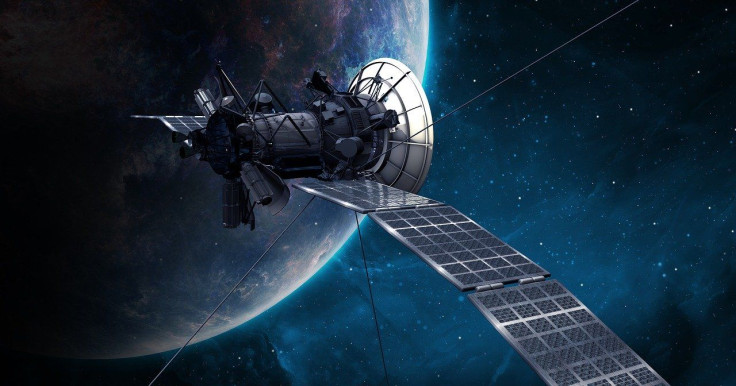Space Debris Tracker Warns Of 2 Satellites In Danger Of Colliding Over US

KEY POINTS
- Two satellites are in danger of colliding tomorrow
- The possible collision was detected by a company that tracks orbital debris
- The collision could endanger active satellites in space
A company that tracks orbital debris warned that two defunct satellites are in danger of colliding over the U.S. on Wednesday evening. The company said the debris from the potential collision could endanger other active spacecraft orbiting Earth.
The two satellites that are in danger of hitting one another are the Infrared Astronomical Satellite (IRAS) and the Gravity Gradient Stabilization Experiment (GGSE-4). The IRAS was the first space telescope that was launched in 1983 as a joint project of NASA, the Netherlands and the U.K.
The GGSE-4, on the other hand, was an experimental satellite launched by the U.S. Air Force in 1967 to test the design principles of spacecraft.
These two satellites were only used for a brief period and have been orbiting Earth for a couple of decades already. Since the two are already inactive, they no longer have the capability to move freely in space.
Recently, LeoLabs, a company that monitors space junk, reported via Twitter that the two satellites would dangerously approach one another on Wednesday at 6:39 pm EST. According to the company, the two satellites are moving toward one another at speeds of about 32,800 miles per hour. The near-collision is expected to happen somewhere over Pittsburgh.
1/ We are monitoring a close approach event involving IRAS (13777), the decommissioned space telescope launched in 1983, and GGSE-4 (2828), an experimental US payload launched in 1967.
— LeoLabs, Inc. (@LeoLabs_Space) January 27, 2020
(IRAS image credit: NASA) pic.twitter.com/13RtuaOAHb
Based on the data collected by LeoLabs, IRAS and GGSE-4 will fly past each other from a distance of only 50 to 100 feet. Although this may seem like a safe distance, the company noted that predicting the movements of objects moving at great speeds in space is very challenging. In addition, there are factors in low-Earth orbit that could still affect the movement of the two satellites.
Dan Ceperely, the CEO of LeoLabs, said that if the IRAS and GGSE-4 end up hitting one another, the resulting collision would produce thousands of new space junk pieces. Aside from adding to the growing problem of orbital debris, the new pieces could endanger the active satellites and spacecraft that operate in low-Earth orbit.
“There would be thousands of pieces of new debris that would stay in orbit for decades,” he said, according to Space.com. “Those new clouds of debris would threaten any satellites operating near the collision altitude and any spacecraft transiting through on its way to other destinations. The new debris [would] spread out and form a debris belt around the Earth.”
© Copyright IBTimes 2025. All rights reserved.




















